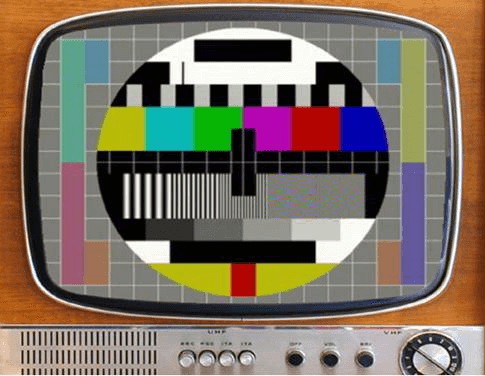After not owning a tv for a year or two while living by myself, watching tv at my
parent’s house on a Saturday evening became a whole new experience. For an
entire evening various popular tv channels were watched, among others RTL4. Among
the quantity of entertainment shows, the abundance of commercials and the
loudness of both colors and sound, what struck me most was the represented
hosts on screen. What I noticed was that men appear more often on tv, and the
woman that do appear, are usually not over fifty years old, not of color, and
are styled to the extreme in their make-up, hair and clothes. For a whole hour not
a single strand of Linda de Mol’s hair moved due to the amount of hair spray
that was probably used to give it a voluminous appearance.
The way women are represented here raises questions, as it does not seem to be
possible for a women over her fifties, having grey hair or wearing a light
layer of make up to appear on tv, presenting herself in public. It looks like
for some reason this kind of image does not attract viewers for a tv show. I
did not see a single grey haired woman on tv, while for men this does not seem to
be the case. Why is this? Is a greying woman not attractive, or is a woman that
is not styled to perfection not suitable to be shown during prime time tv
shows? And, why is it that more often men are chosen to anchor so called more ‘intelligent’
shows than women, as the majority of the women that I did see were hosting
entertainment shows in which they added little more actual content than reading
cards and laughing at guests’ jokes (for example ‘Weet ik veel’ and ‘Show News’).
This while during talk shows such as ‘RTL Late night’ or ‘De wereld draait door’
the hosts employ conversations and discussions with their guests (taking into
consideration however that they probably are also strictly instructed on what
are is ‘suitable’ or enjoyable and ensure viewers are entertained).
This raises
questions like what happens to those who do not feel are represented in public.
Does this imply the message that women of those categories do not contribute to
the public sphere, are redundant after a certain age or if they look a certain
way? What these kinds of images might do, is send implicit messages concerning
what it takes to be ‘successful’: you need to look a certain way, be a certain
way, and after a certain age it is no longer possible to succeed in this field.
A lack of (public) role models contribute to similar messages, as their
invisibility tells this story.

Geen opmerkingen:
Een reactie posten